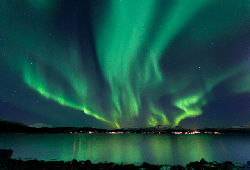BGS leads update to maps of the Earth’s magnetic field
The International Geomagnetic Reference Field, used for navigation on mobile phones and in space, is updated every five years.
04/04/2024 By BGS Press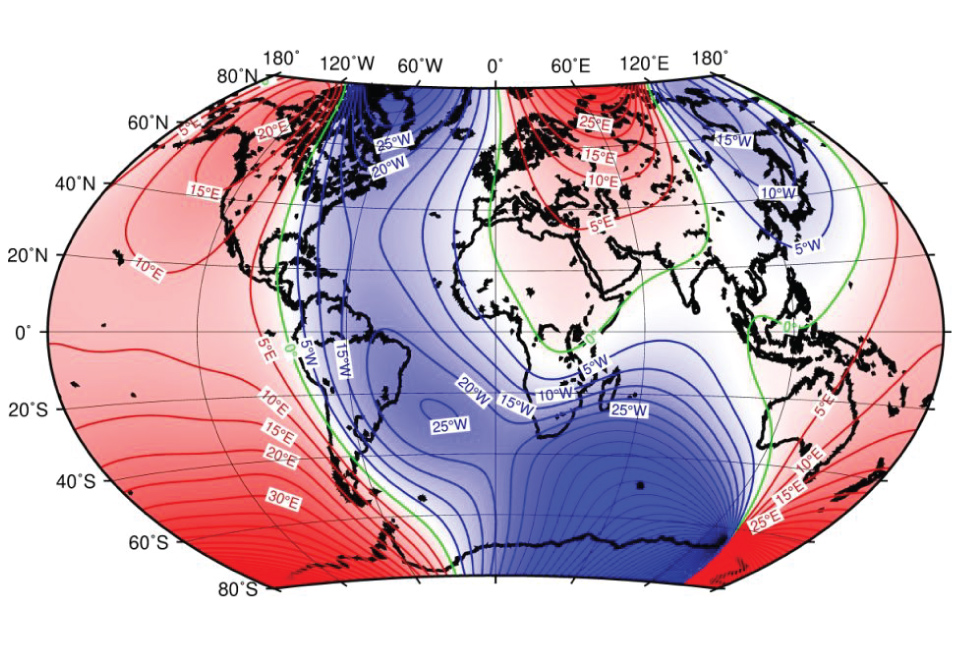
The International Geomagnetic Reference Field (IGRF), which represents the main or core magnetic field of the Earth, is collaboratively updated by the international geomagnetic community, including BGS’s geomagnetism team. This will be the fourteenth update (IGRF-14) and is due for completion at the end of 2024. IGRF can be used for many purposes, such as navigation by spacecraft that are used for orientation.
In collaboration with the US National Oceanic and Atmospheric Administration, BGS will also update the World Magnetic Model (WMM) at the end of this year. The WMM is a series of magnetic field maps that help underpin commercial navigation systems, such as electronic devices including mobile phones, and is also updated every five years.
The maps require periodic updates because the Earth’s main magnetic field changes slowly over time, which is caused by flow of the liquid iron in the outer core. Measurements of the magnetic field are made at geomagnetic observatories on the ground and by specialist satellites that orbit around 500 km above the surface.
The measurements are combined using computers to create two snapshots of the magnetic field: one five years in the past (2020) and the other slightly into the future (2025). The geomagnetic community also makes an estimate of how the magnetic field will change between 2025 and 2030. In 2030, this process will be repeated, in order to forecast to 2035.
The call for candidate models for IGRF-14 was recently released to the community. The coordination of the release for this generation is led by Dr Ciarán Beggan at BGS and Clemens Kloss at the Technical University of Denmark and will involve dozens of scientists from around the world helping to create the new maps.
These maps are embedded in nearly every mobile phone in the world — that’s almost 7 billion devices, which I find amazing to think about.
Ciarán Beggan, BGS Geophysicist.
The 2019 model update showed magnetic north racing across the northern hemisphere at around 50 km per year, as it moved from the Canadian Arctic towards Siberia.
More information
More information on the call for candidate models is available at the official IGRF page.
Relative topics
Related news
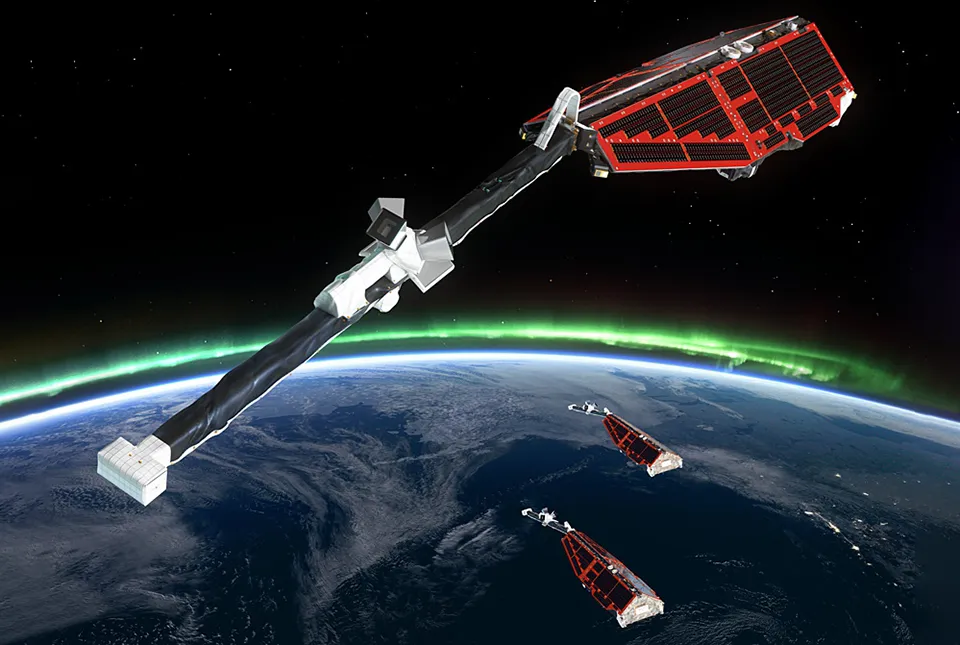
New global space weather hazard index launched
17/01/2025
The new index provides a near-real time, global picture of geomagnetic variations helping to highlight the effects of space weather.
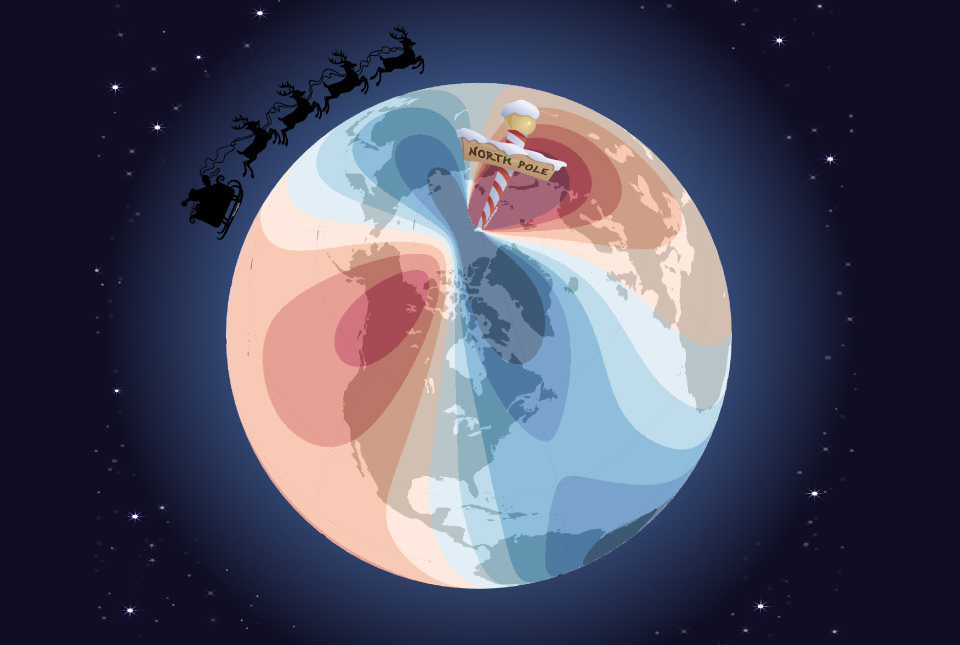
Airlines, shipping companies and sleigh drivers rush to update crucial navigation systems ahead of Christmas rush
17/12/2024
Release of major upgrade to a new model tracking magnetic north prompts global reset of satellite tracking systems across trade and passenger transport routes.
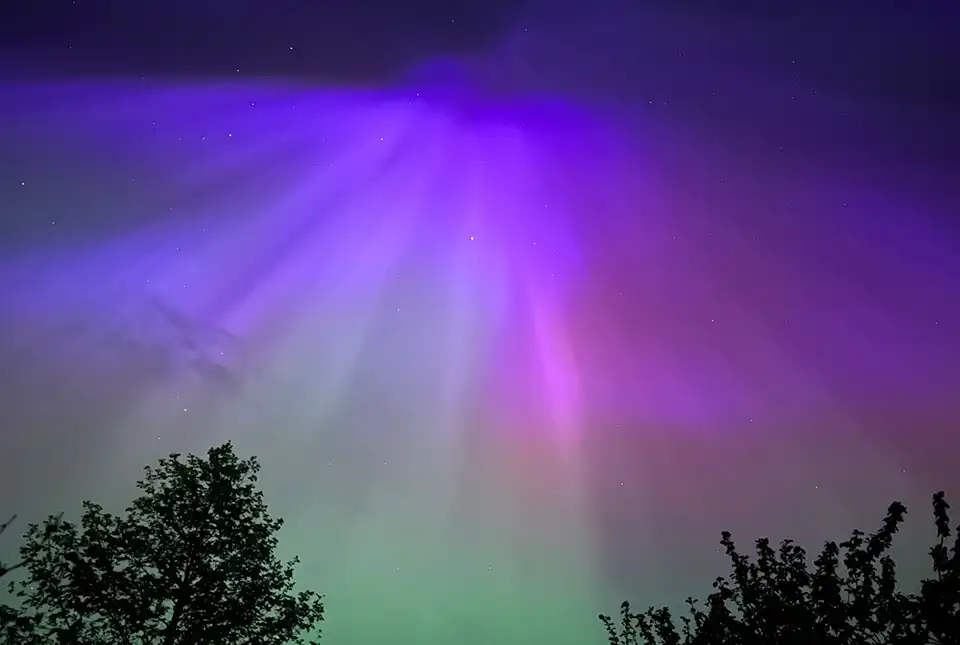
A-roaring display
16/05/2024
The dazzling and colourful aurora borealis, or northern lights, observed by many across the UK last weekend was one of the most extreme and long-lasting geomagnetic storms recorded in the last 155 years.

BGS leads update to maps of the Earth’s magnetic field
04/04/2024
The International Geomagnetic Reference Field, used for navigation on mobile phones and in space, is updated every five years.

Will 2024 be the Year of the Aurora?
23/02/2024
The Sun’s approximate eleven-year activity cycle is predicted to peak this year, prompting BGS scientists to anticipate that 2024 will be the ‘Year of the Aurora’.
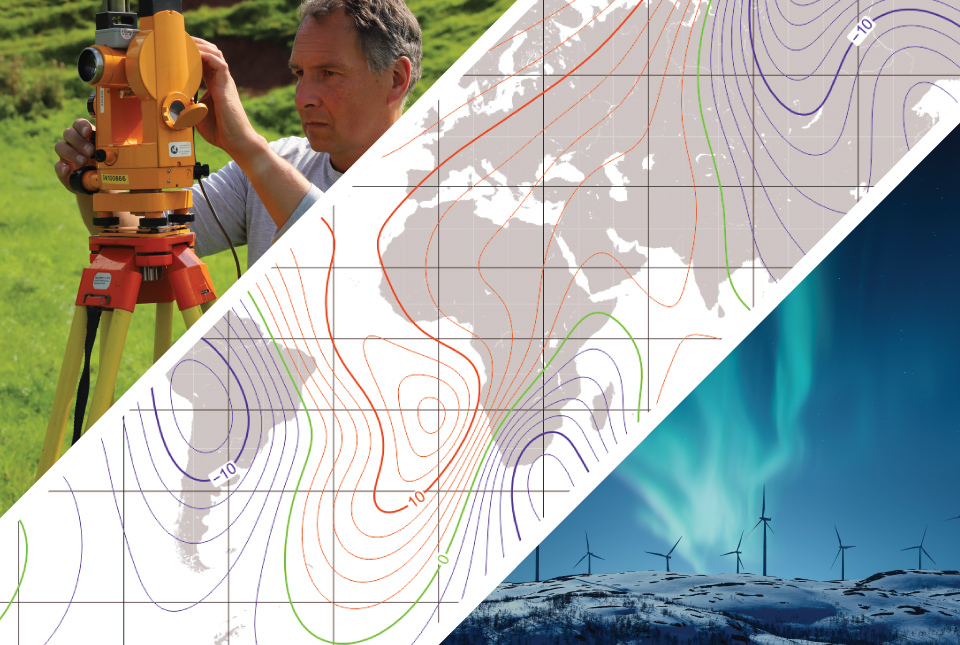
From the Earth’s core to outer space: understanding the magnetic field
Event on 26/03/2024
A special webinar focusing on our our geomagnetism research, including how we measure the magnetic field, everyday applications and mitigating the threats of space weather.
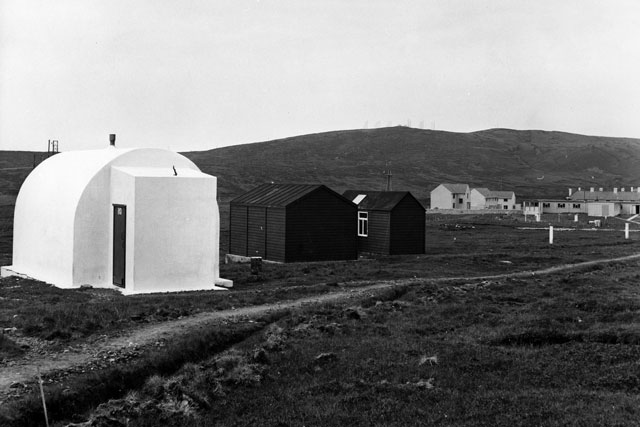
Observing magnetic fields: 100 years of data
02/08/2022
Marking the centenary of the Lerwick Geophysical Observatory.
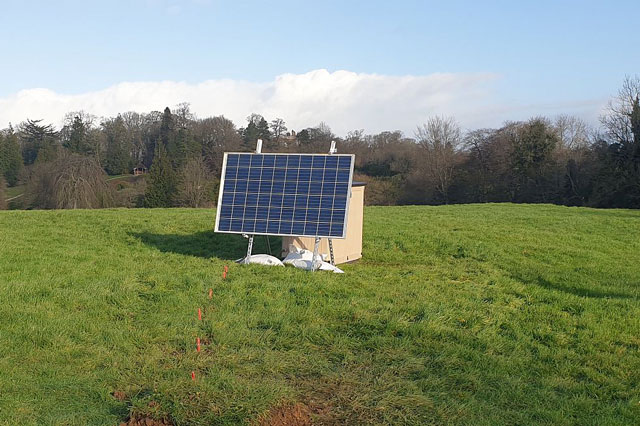
UK’s geomagnetic blind spots tackled with new observatories
28/07/2022
Three new geomagnetic observatories have been installed across the UK to fill in the country’s ‘blind spots’ and tackle the risk posed by space weather.
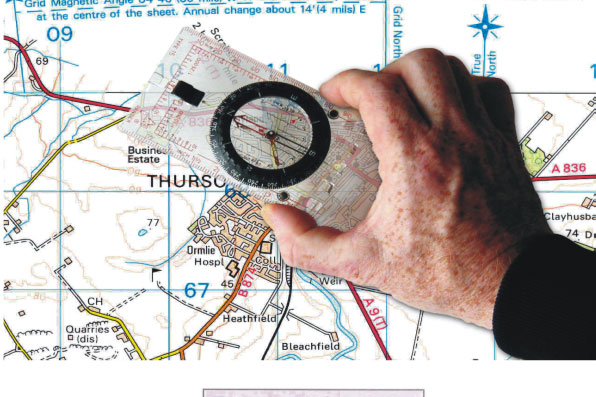
The Great North Run
28/05/2021
The directions of true, grid and magnetic north will, for the first time, coincide at various locations in Great Britain between 2022 and 2026.
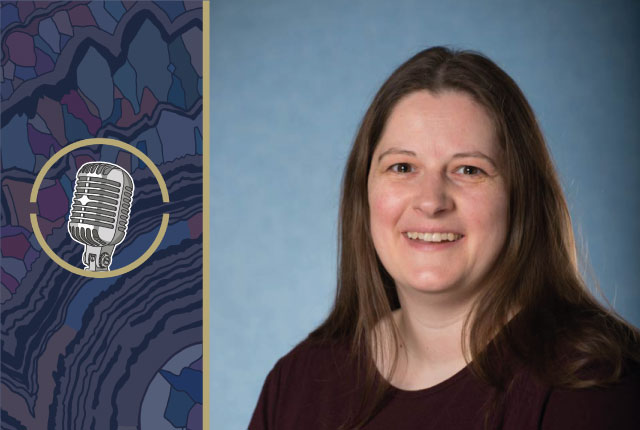
Geomagnetism with Sarah Reay
10/02/2021
Sarah Reay discusses why we study the Earth’s magnetic field, the best location for a geomagnetic observatory, and tips for spotting the Aurora Borealis.

Geomagnetism
Measuring, recording and interpreting variations in the Earth’s magnetic field including those caused by space weather




